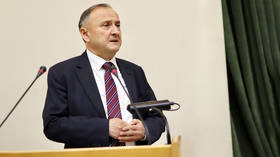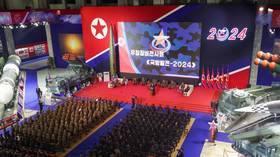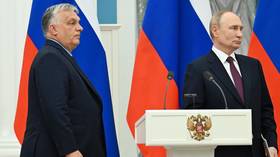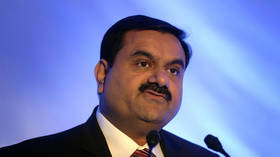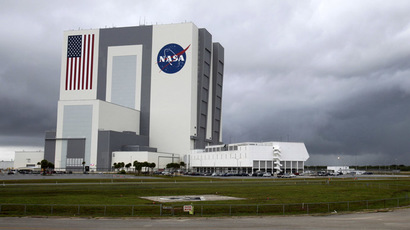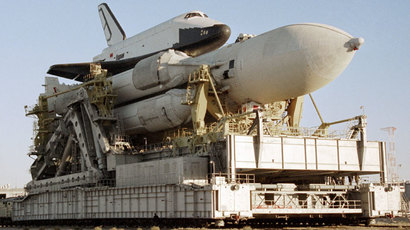Russia to begin building record-setting super-heavy space rocket
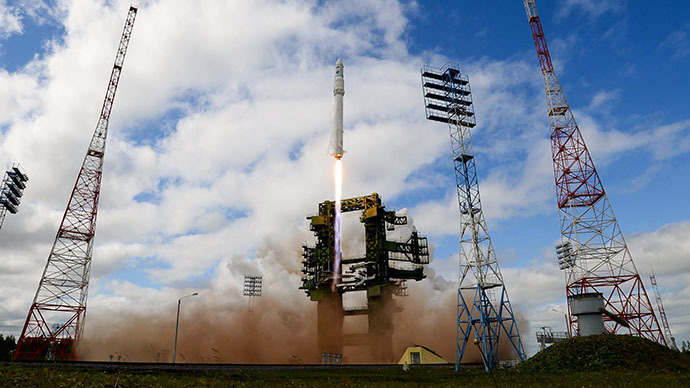
Vladimir Putin has given his preliminary approval for the development of a Russian-designed rocket capable of lifting a record 150 tons of cargo into orbit, to rival similar projects from NASA and Elon Musk’s SpaceX.
“Today we heard the first concrete words about commencing
work on the project. Previously, there was discussion and expert
roundtables, but today President Putin gave the preliminary
go-ahead for the new rocket,” declared Deputy Prime Minister
Dmitry Rogozin, who curates the country’s space industry, after
touring the Vostochny cosmodrome in the east of the country with
the Russian leader.
The news comes on the back of a successful test launch of the
long-gestating Angara rocket earlier this summer. The rocket,
which is capable of delivering up to 35 tons of cargo into the
Low Earth Orbit in its most powerful modification, is the first
launch vehicle developed entirely after the fall of the Soviet
Union.
Rogozin said that work on the new super-heavy rocket would begin
as soon as Angara is in regular use.
“After we are finished with this project, we will move onto
something completely different – not a 7, 15 or 25-ton rocket,
but one that is capable of delivering 120-150 tons,” said
Rogozin, claiming that the construction stage of the project
would be reached “around 2020.”
Earlier, the head of Russia’s space agency Roscosmos, Oleg
Ostapenko, said the completion date of the new rocket could be
brought forward by repurposing two of Angara’s four projected
launchpads – one at Vostochny, and the other at the Plesetsk
cosmodrome in northern Russia.
“The money saved by reducing the number of launchpads, could
already contribute towards the construction of new ones,”
agreed Rogozin.
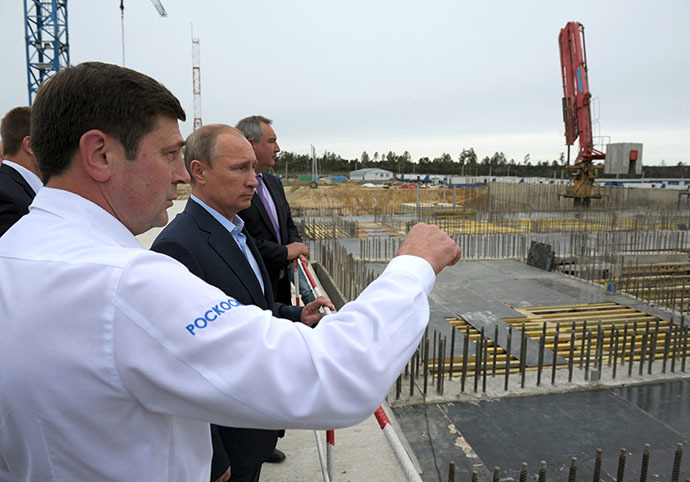
The outline of Russia’s space program for the next two decades,
published earlier this year, estimated the total cost of the new
rocket, including the infrastructure, at about 500 billion rubles
(US$13.3 billion).
The as-yet-unnamed Russian project will be entering an
increasingly crowded field.
NASA’s $12 billion Space Launch System, which has similar
parameters to the Russian project, is scheduled for its first
launch in December 2017, though it has recently encountered
technical issues and budget overruns, which may yet delay its
launch.
China, which has been spending heavily to catch up with the
established spacefaring powers, has already drawn up initial
blueprints on its own super-heavy launch vehicle, Long March 9,
though no specific target blast-off date has been definitively
stated.
But the most intriguing rival is Elon Musk’s SpaceX, which has a
project in development that is not only a fraction of the budget
of its rivals – an estimated $2.5 billion – but also promises a
cost of each launch that is several times lower than that mooted
by the state-run space agencies.
The Falcon Heavy – only 53 tons, but already more powerful than
other launch vehicles in operation – is set to count down to its
first demo flight sometime next year.
It is notable that all of these rockets will only be scaling to
reach the capacities of Saturn-V, which was capable of delivering
payloads of up to 118 tons when it ferried key Apollo program
spaceships into orbit between 1966 and 1973. One difference is
the astronomical cost of the project, which made it unsustainable
after the height of the Cold War passed.
The current generation of super-heavy rockets is essential for
deep space and Mars missions, which will represent the first
paradigm-changing breakthrough in space travel since the moon
landing, and the first orbital space stations.
Russia, the US, and China have all tentatively scheduled manned
missions to Mars after 2030, with Musk planning to launch a
mission before that date.



